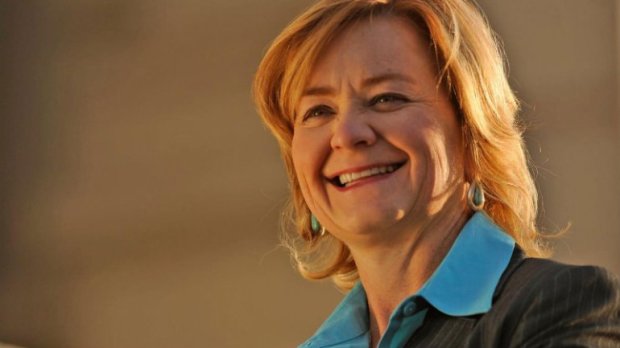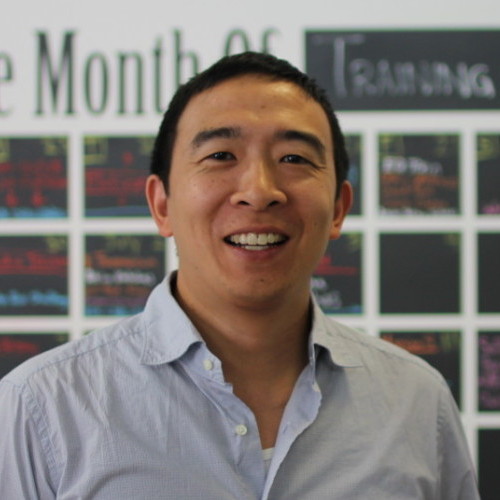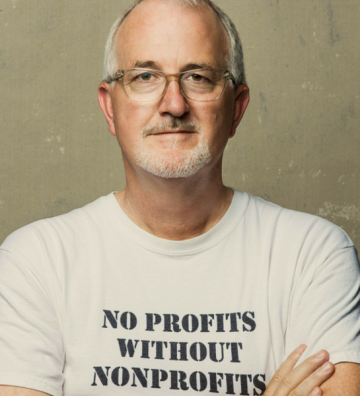We have found a new home! Kindly visit this link in our new website here: https://www.denver-frederick.com/2016/09/26/brad-smith-president-and-ceo-of-foundation-center-joins-denver-frederick/
In this interview, Brad Smith, the President and CEO of Foundation Center, describes the next frontier of philanthropy: managing information, and producing and sharing knowledge. The Foundation Center is a global data platform for philanthropy, equipping donors with the knowledge they need to be strategic in their giving & providing transparency to the philanthropic sector.
The following is a conversation between Bradford K. Smith, President and CEO of Foundation Center, and Denver Frederick, host of The Business of Giving on AM 970 The Answer in New York City. This transcript has been lightly edited for clarity.
 Denver: The rate of change is increasing in every field of endeavor, including philanthropy. And in order to be a true leader in the field, a person can’t be 100% consumed with just the well-being and state of their own organization; one also must leave some space and time to contemplate what all these changes mean for the entire sector. One individual that fits that description perfectly is my next guest… He is Bradford K. Smith, the President and CEO of the Foundation Center. Good evening, Brad, and welcome back to The Business of Giving.
Denver: The rate of change is increasing in every field of endeavor, including philanthropy. And in order to be a true leader in the field, a person can’t be 100% consumed with just the well-being and state of their own organization; one also must leave some space and time to contemplate what all these changes mean for the entire sector. One individual that fits that description perfectly is my next guest… He is Bradford K. Smith, the President and CEO of the Foundation Center. Good evening, Brad, and welcome back to The Business of Giving.
Brad: It’s great to be back here.
Denver: For those listeners that are not familiar with the Foundation Center, tell us about the work that you do.
Brad: Great. I think the easiest way to understand us is: what Bloomberg does for the financial markets, we do for philanthropy! Basically, we publish data and information about the transaction of philanthropy. In other words, these endowed foundations that make grants to support organizations in the social sector to make the world a better place…We track all that information. We put it out there in an unbiased way so that you can search it; you can find it; you can understand who’s funding your cause, who’s not funding your cause, what foundations are doing, and what they’re not doing.
Denver: Let’s talk about foundations for a moment. When we look at philanthropy in the US, last year about $375 Billion was made in contributions. What percentage of that comes from foundations?
Brad: It’s roughly 16 – 17%, and this is a common misunderstanding. A lot of people look at nonprofits in America, and they assume that their larger supporters are wealthy foundations and maybe individuals, but the largest source of income for American nonprofits in the aggregate is actually government. Foundation money is very important because it’s one of the few sources of income that nonprofits have that usually is not earmarked; it’s very flexible.
Denver: Well, let’s talk a little bit more about that. I think foundations are pretty abstract to most people. It’s kind of a big idea out there, and I think you have a wonderful way of explaining it by talking about the sources of influence that they hold. There are three of them, and let’s pick up on each. I’m going to start with the one you just mentioned. The one that is obvious to everybody: money, but as you say it’s a very special kind of money, right?
Brad: Correct! Foundations have a really important role in American history and American society. Basically, our government has created a kind of social pact in which wealthy individuals are given a tax incentive for creating a charitable foundation. They make a donation of a portion of their assets to the foundation. They no longer control those assets. They can’t take them back for personal use. They get a tax exemption in exchange for creating a stream of charitable giving in the future. Now, there are a lot of ways to look at the size of the philanthropic sector in the US. There are a lot of foundations. I know when the Foundation Center was created in 1956, there weren’t near as many. In fact, when the Foundation Center published the first print directory of American foundations, there were about 4,000 foundations. Today there are well over 80,000 foundations…about 87,000 to 88,000. And the assets they manage–their investments–surpassed $800 Billion. And it’s the earnings on those investments which are tax-free, that are used to actually fund grants and fulfill their charitable purpose.
Denver: Right. The second source of influence that foundations have is “convening power.”
Brad: Well, there are not a whole lot of people in this world whose job is to give away money. And people always were sort of perplexed about that. They said: “Gosh, how do you find the organizations to be worthy of getting the support of the foundation?” And I used to tell them: “Look, when you are in the business of giving away money, you don’t have to go looking for people; they find you.” So, one of the things that gives a foundation virtually a seat at any table is the fact that they’re giving away money.
And the other thing is, they’re giving away money which, unlike congressional money or city money, isn’t earmarked by elected officials for their pet causes. It’s very flexible, long-term, risk-taking money. But this also gives them the ability to “convene.” And we find that the foundations that are having the greatest impact on the issues that are working– whether it be criminal justice, or climate change, or job creation–are not just giving away grants in a retail kind of way. They’re actually creating tables to which policy makers, academics, activists, and others can come, and really think about what the long-term solutions are to these serious problems that our society and world face.
I think the next frontier for philanthropy is going to be managing information, and producing and sharing knowledge.
Denver: And it would seem in an era of collaboration, they do have that special role to be able to do that. They don’t have a dog in the fight; they’re neutral…
Brad: Correct.
Denver: They give money away, and they have an incredible ability to get everybody to come when they call a meeting.
Brad: Yeah. When I worked with the Ford Foundation, the two jokes they always tell you when you start to work there is that all your phone calls get returned. And immediately, it seems like all of your ideas are brilliant.
Denver: That’s right, and you also become a little funnier and better looking too.
Brad: That’s right, yes, of course. Two of the perks.
Denver: And finally, and this is so important: the accumulated knowledge that foundations hold. Speak to that.
Brad: I think this is really the frontier for foundations. Roughly, I think we can say that… and I know you’ve had a lot of speakers come on this program… foundations have moved from the notion of just giving away money… a charity approach… to what a lot people call social investment. The idea that even though you’re making a grant, you’re investing in a solution, and you’re expecting return in the form of impact.
But another way to look at foundations is–I gave a presentation on this recently–and I said: “When it comes to knowledge and information, foundations are like black holes, and they need to become supernovas.”
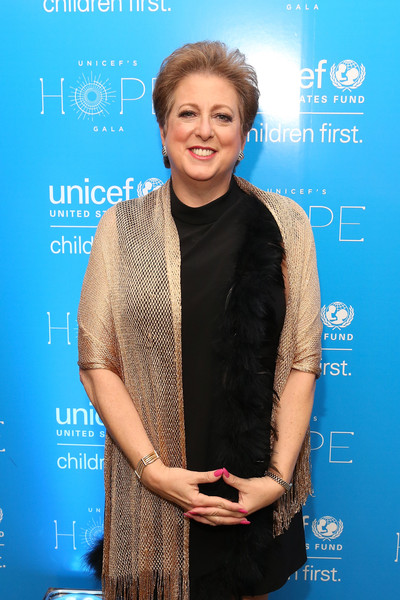
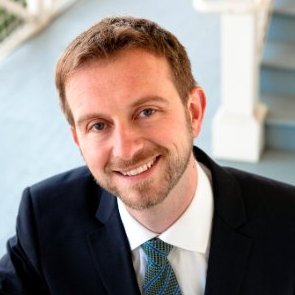 Denver: It is a bit ironic that at a time when we have more information and data than at any other time in human history, our ability to predict the future and to make sound decisions has never been less. And one reason for that may be because not enough people are thinking about how to make this data accessible, meaningful, and truly useful. That is why the nonprofit sector is so fortunate to have someone like
Denver: It is a bit ironic that at a time when we have more information and data than at any other time in human history, our ability to predict the future and to make sound decisions has never been less. And one reason for that may be because not enough people are thinking about how to make this data accessible, meaningful, and truly useful. That is why the nonprofit sector is so fortunate to have someone like